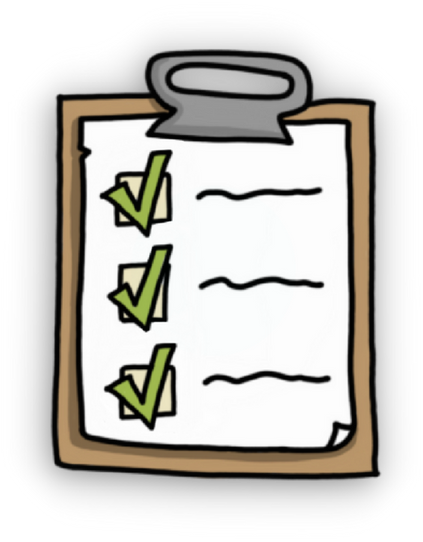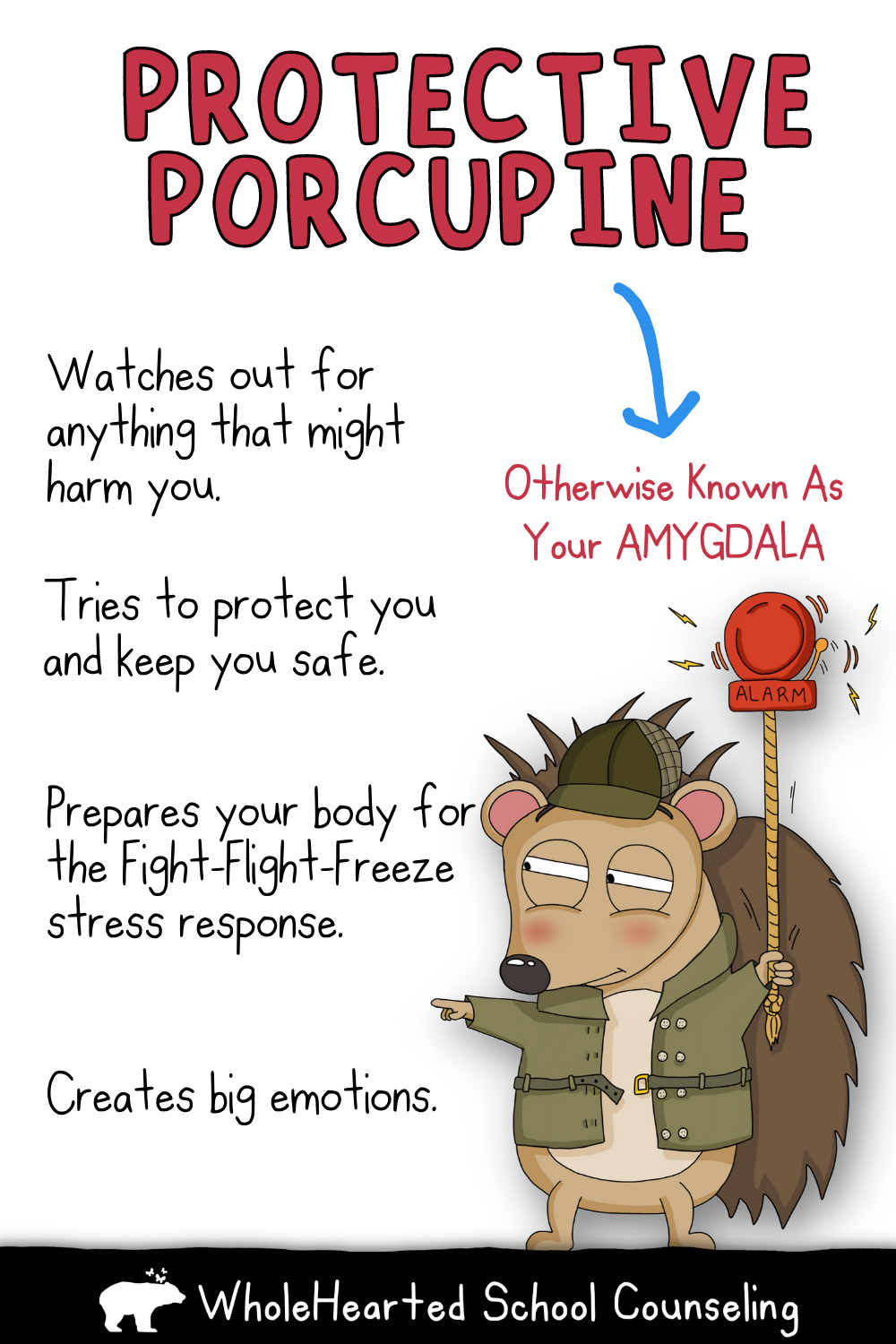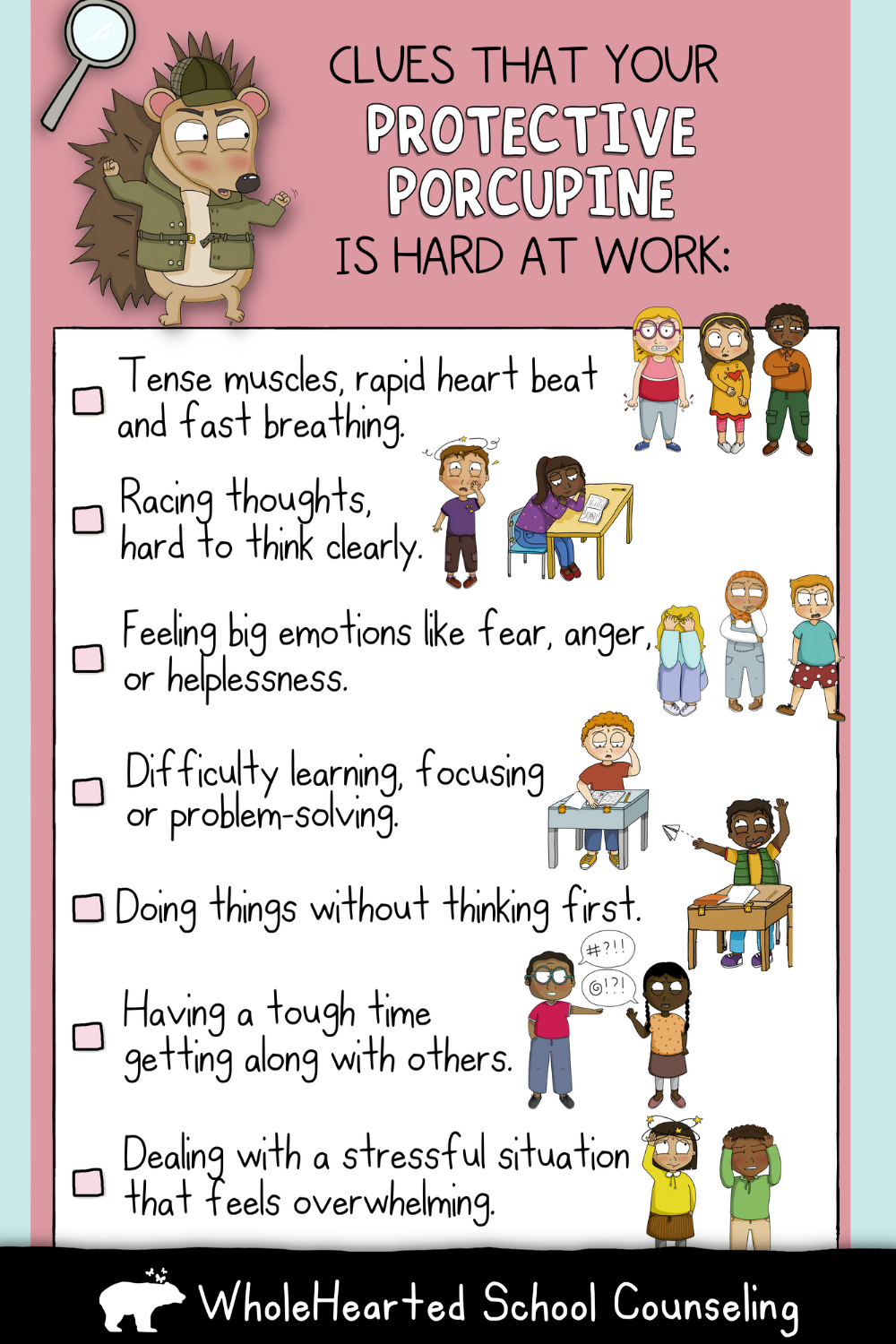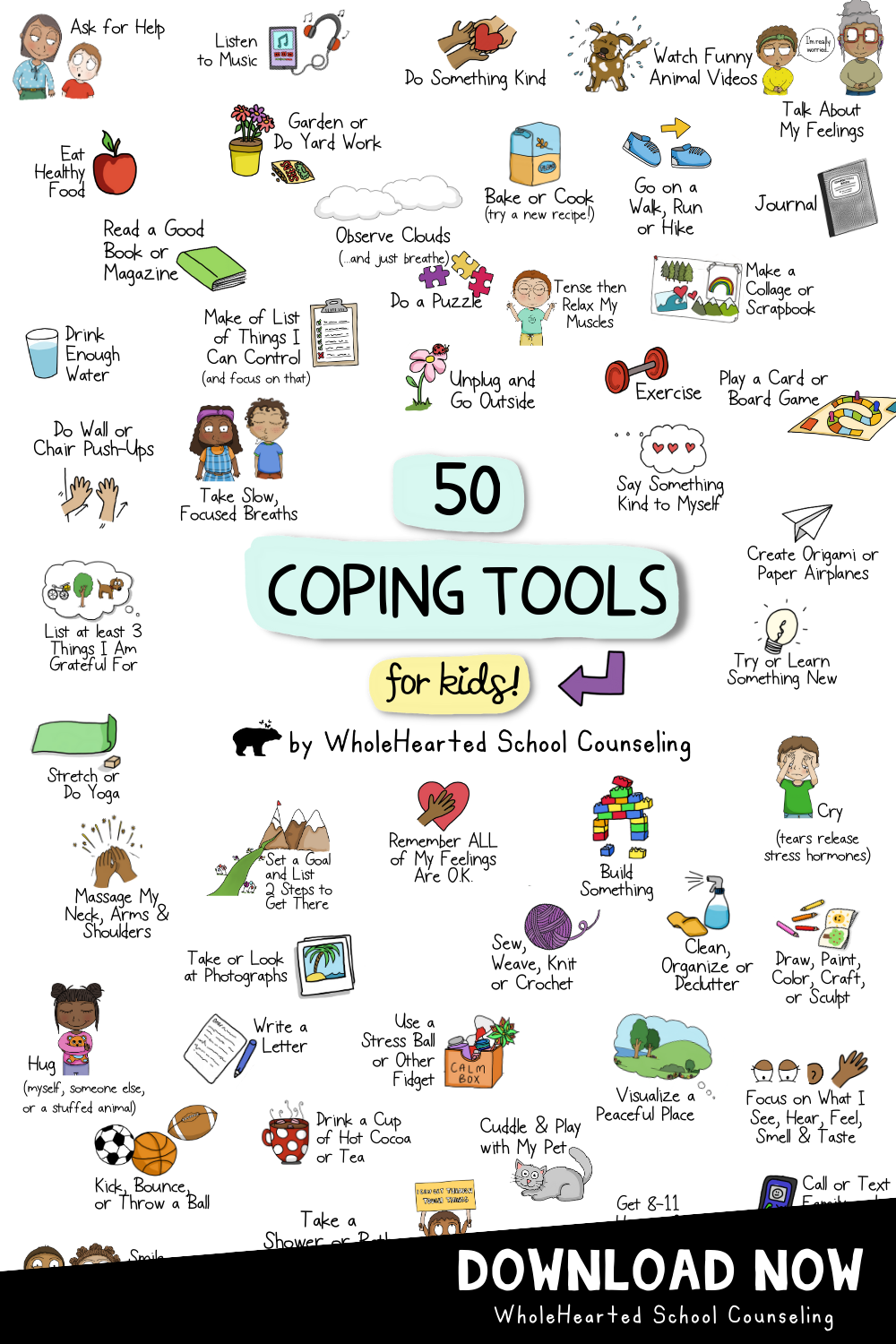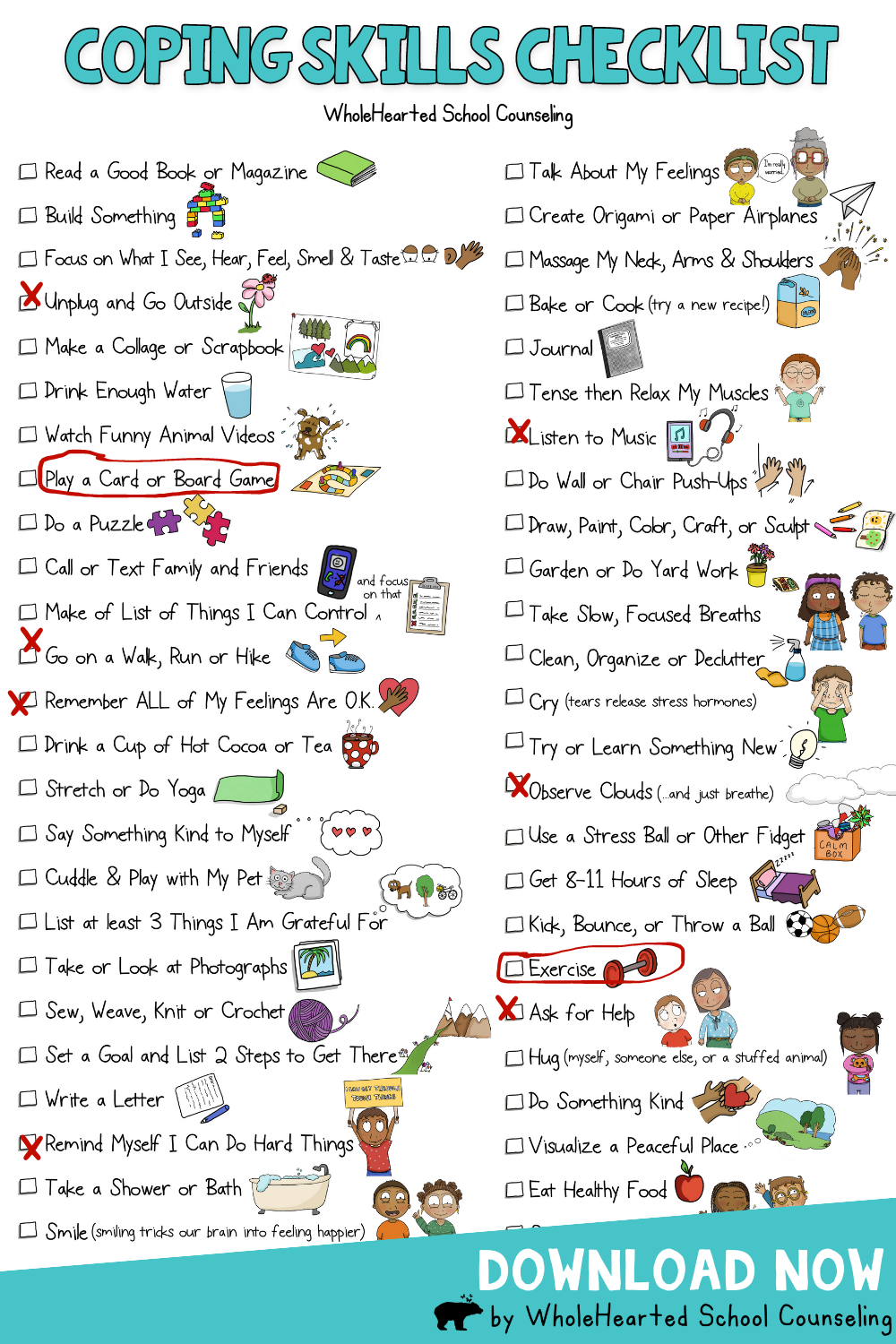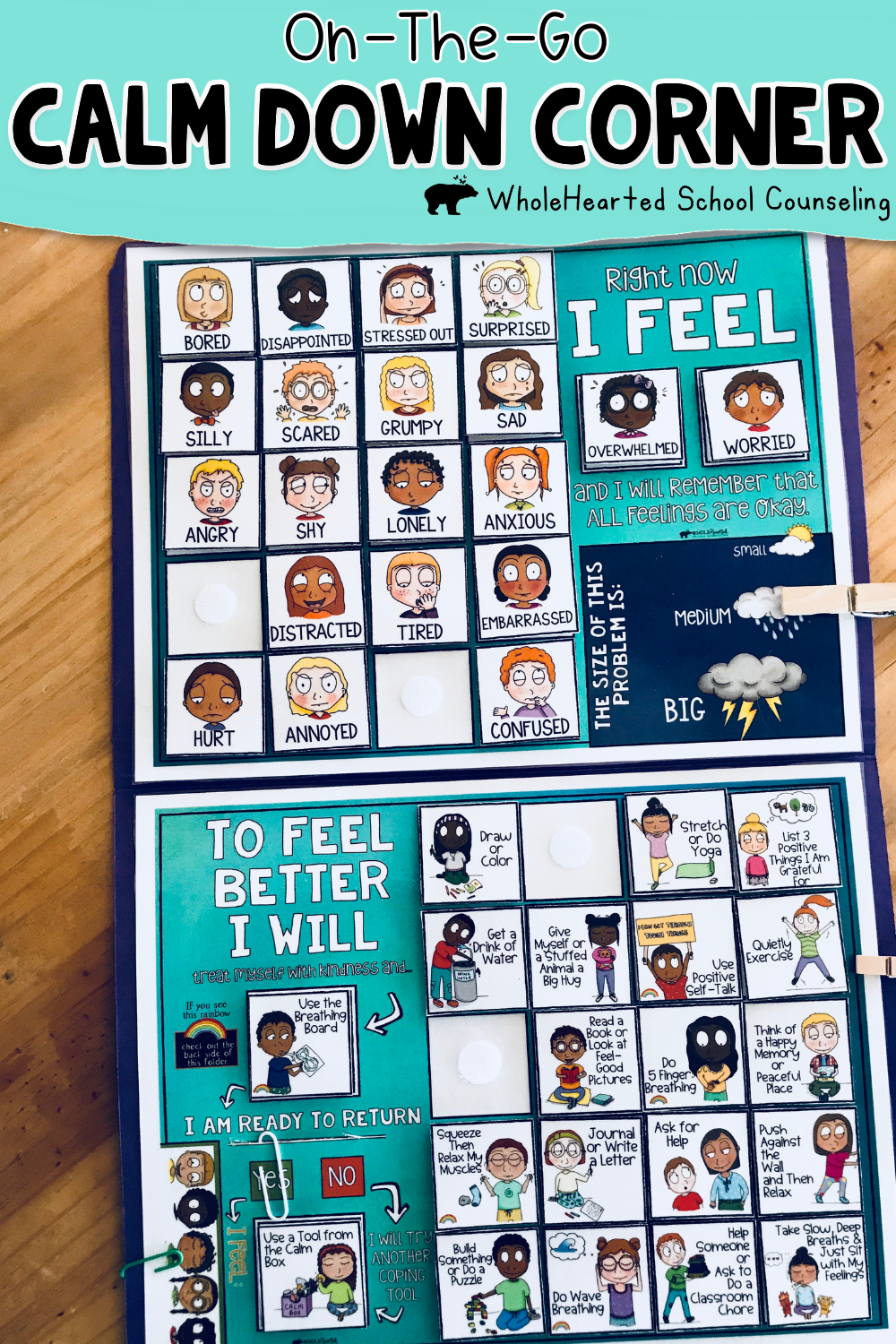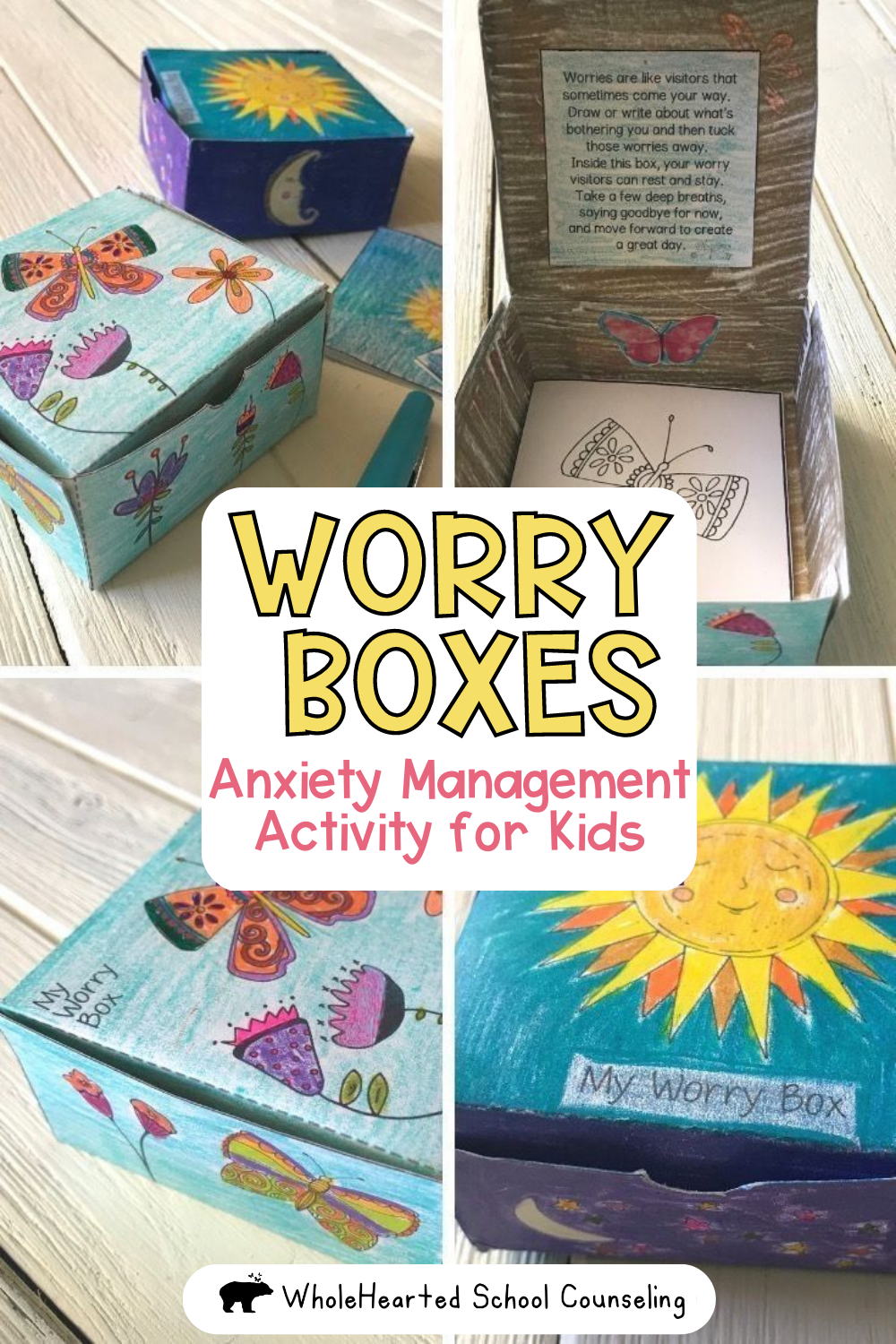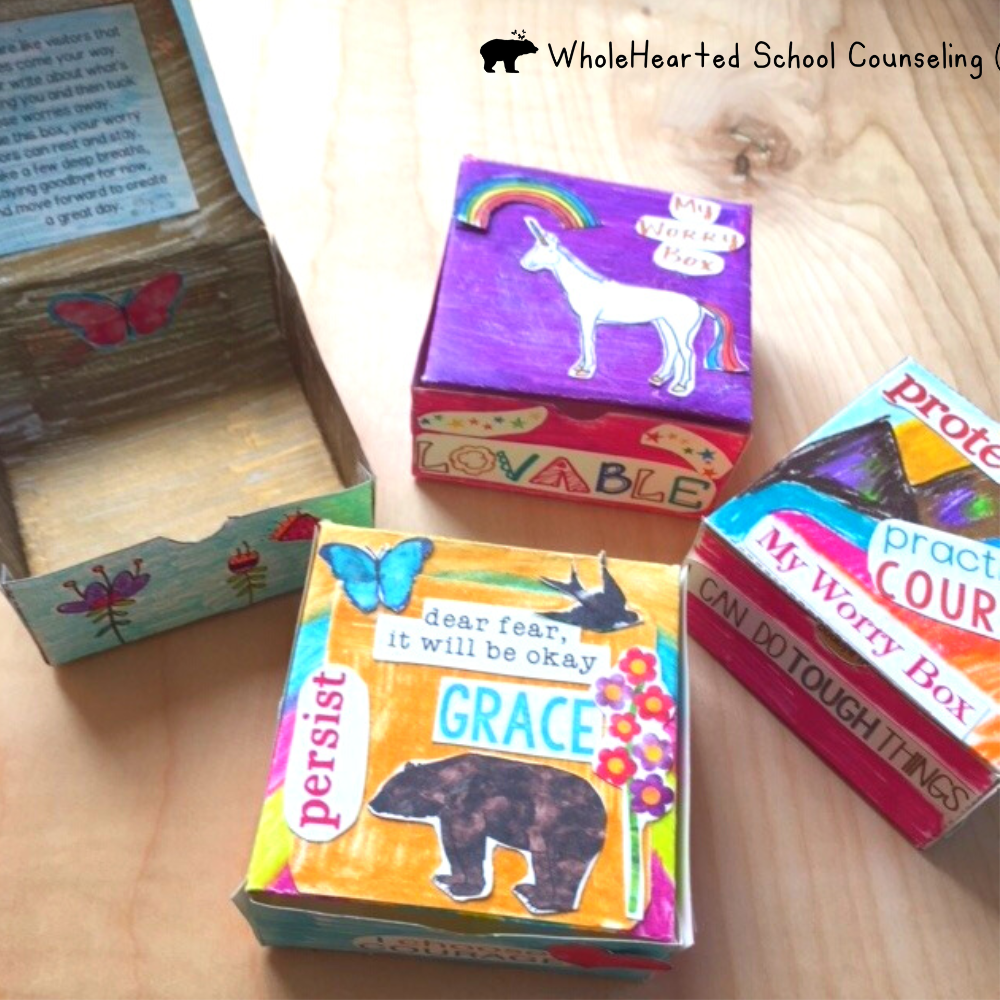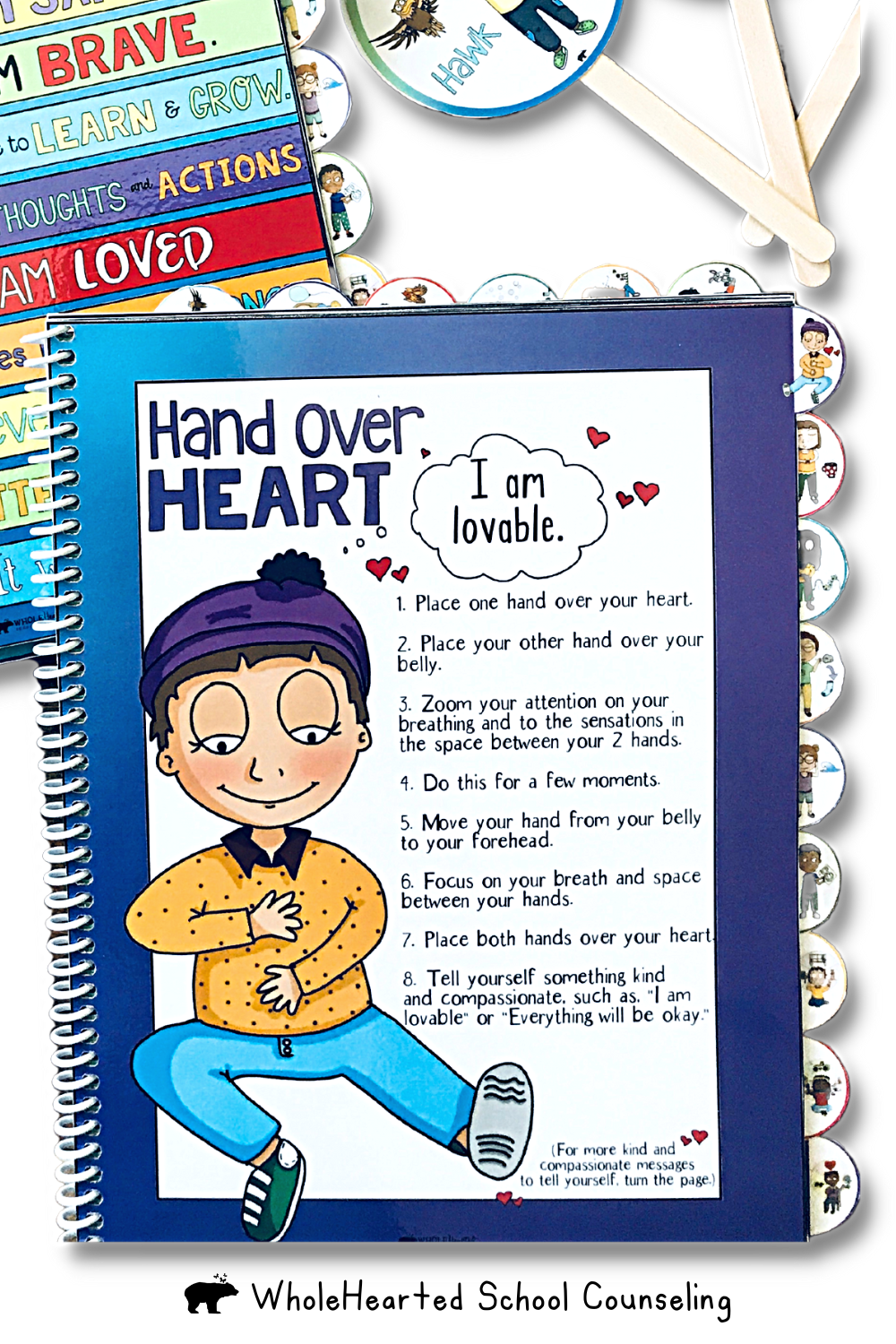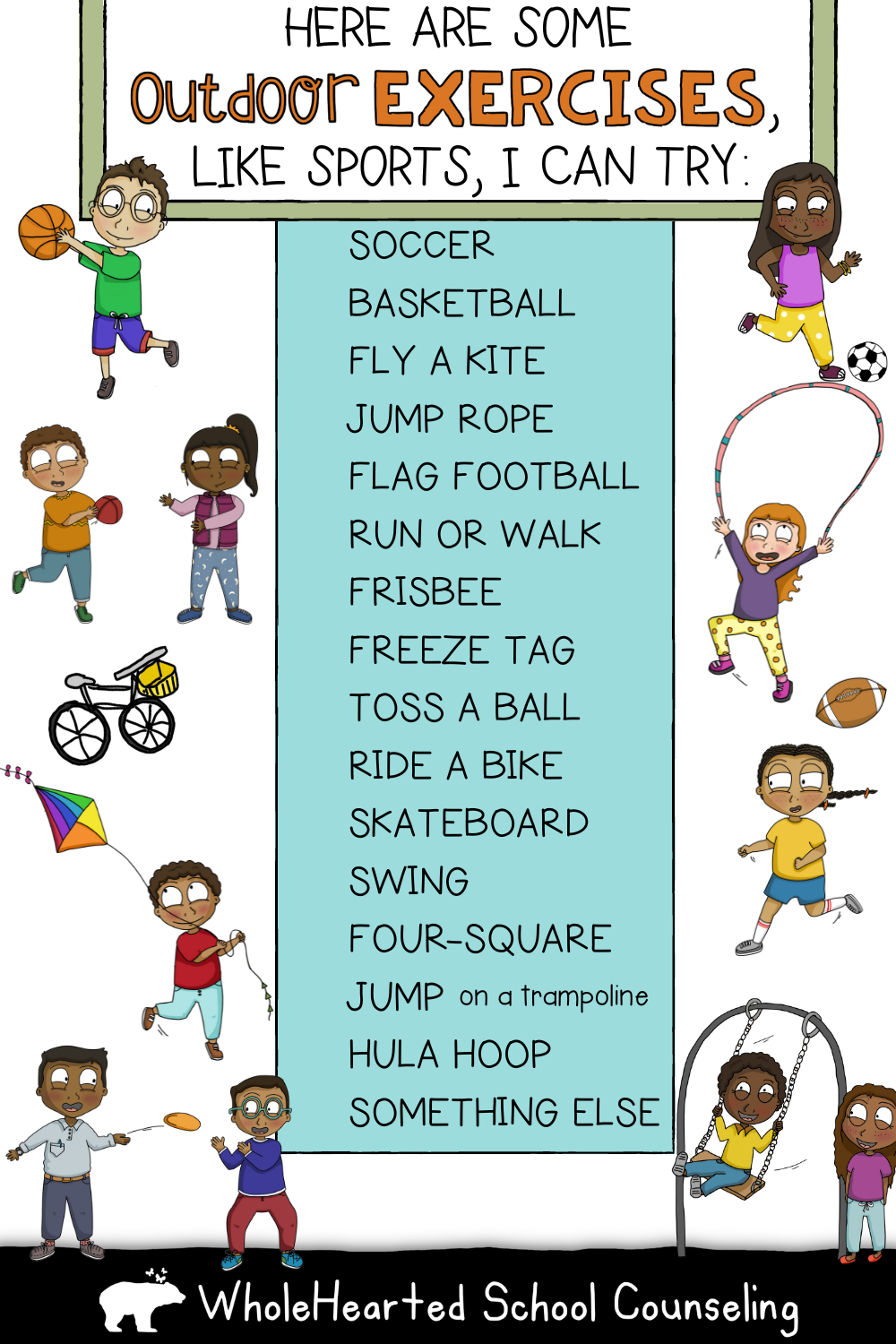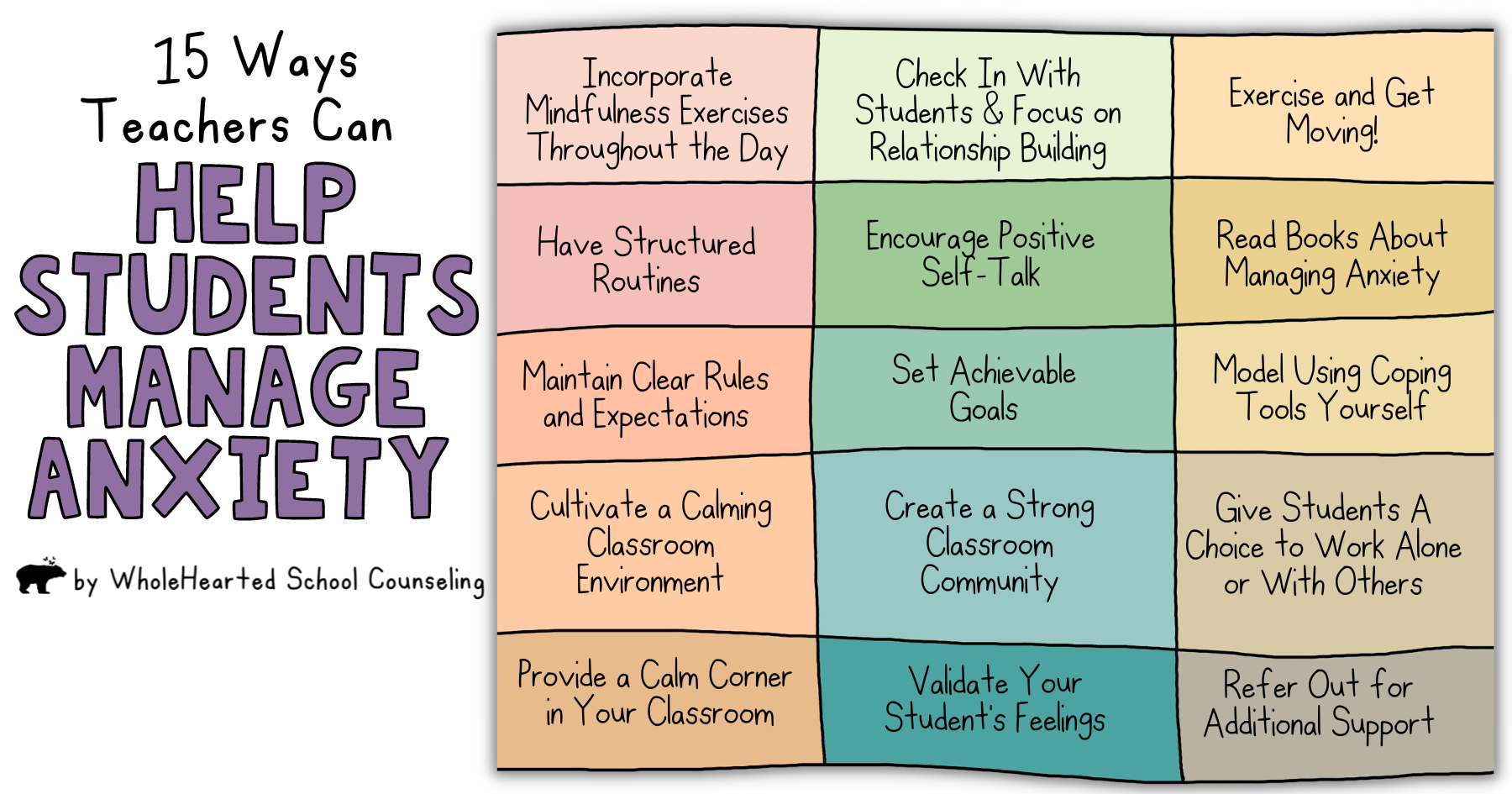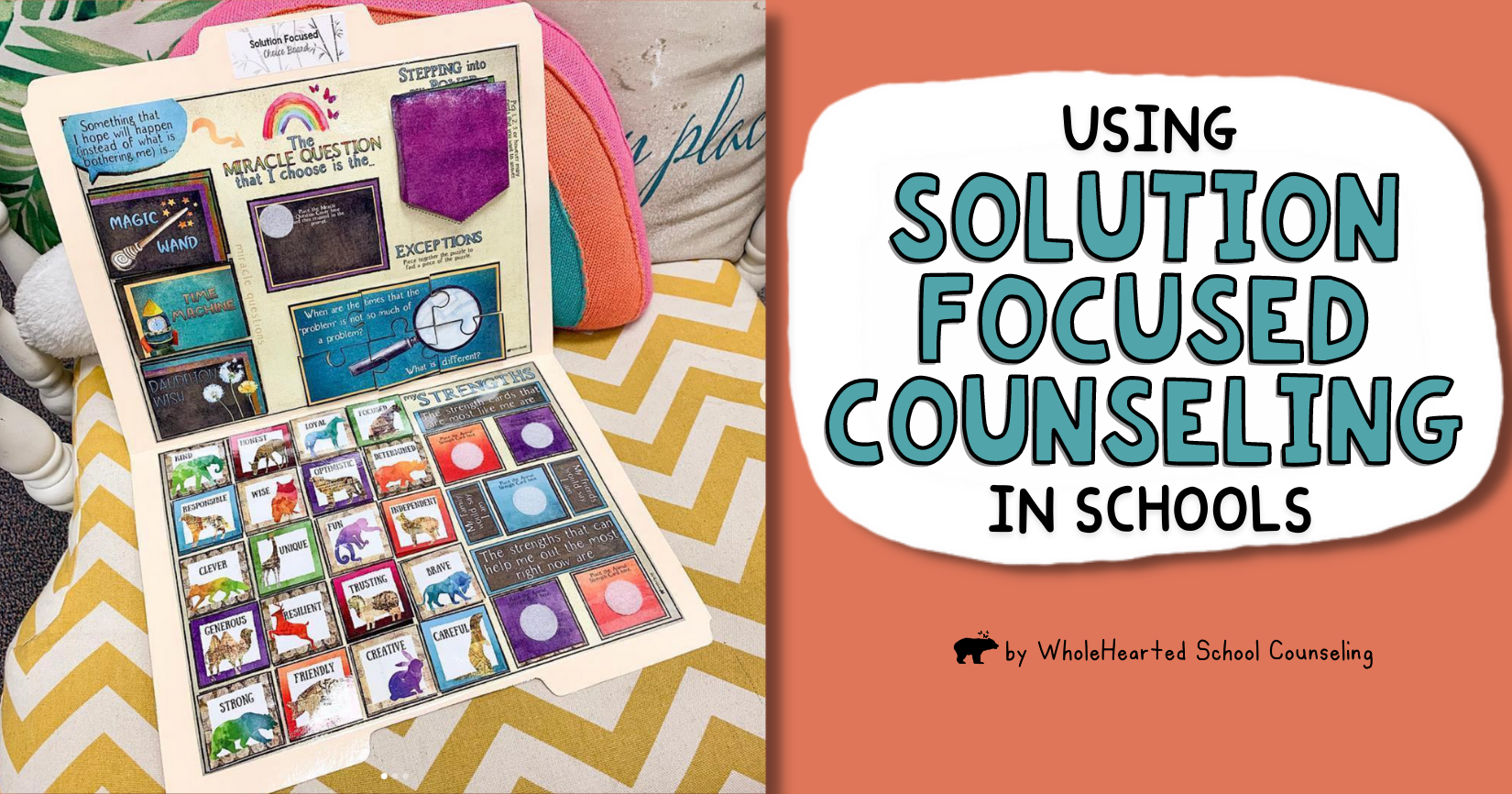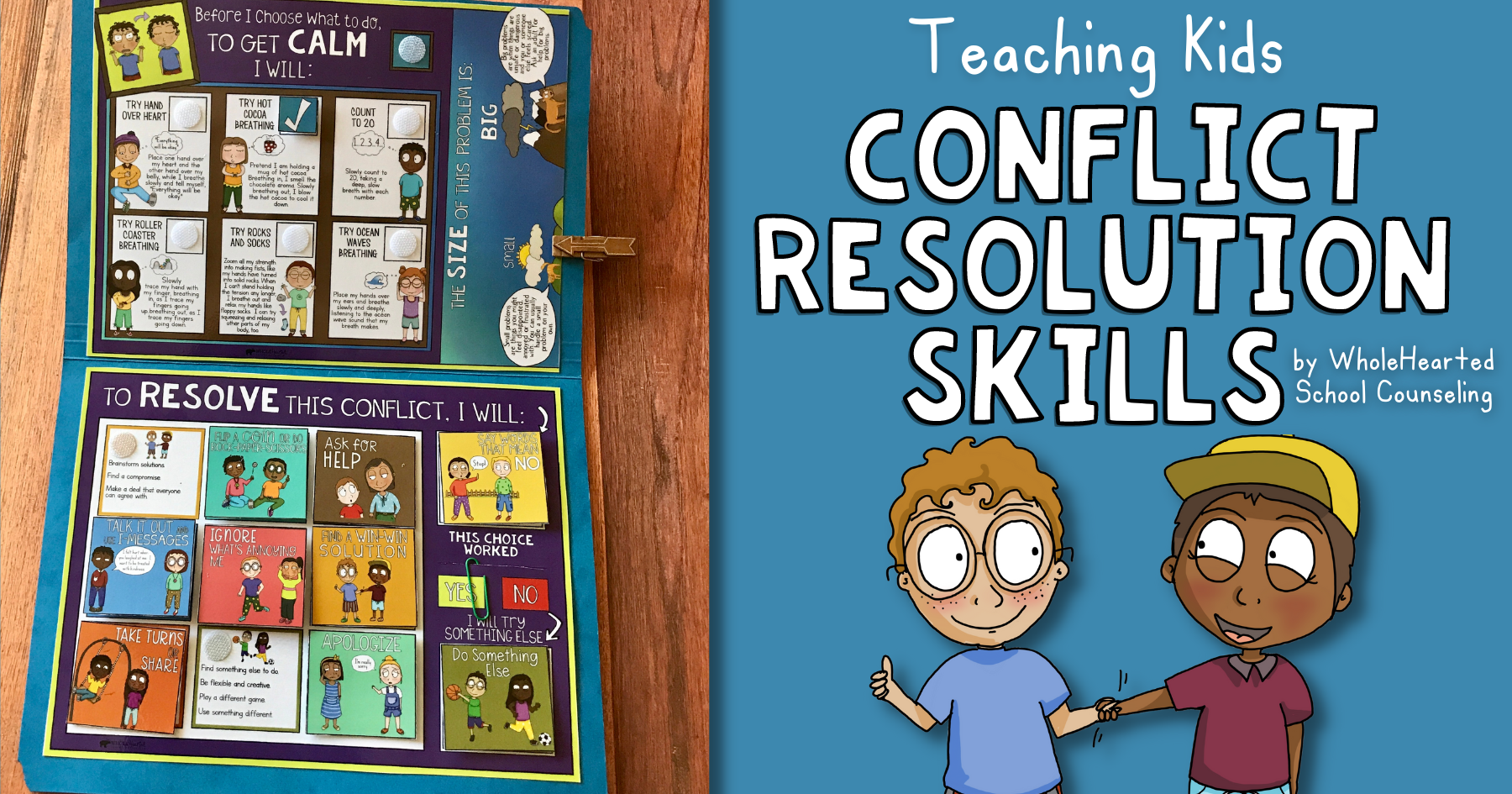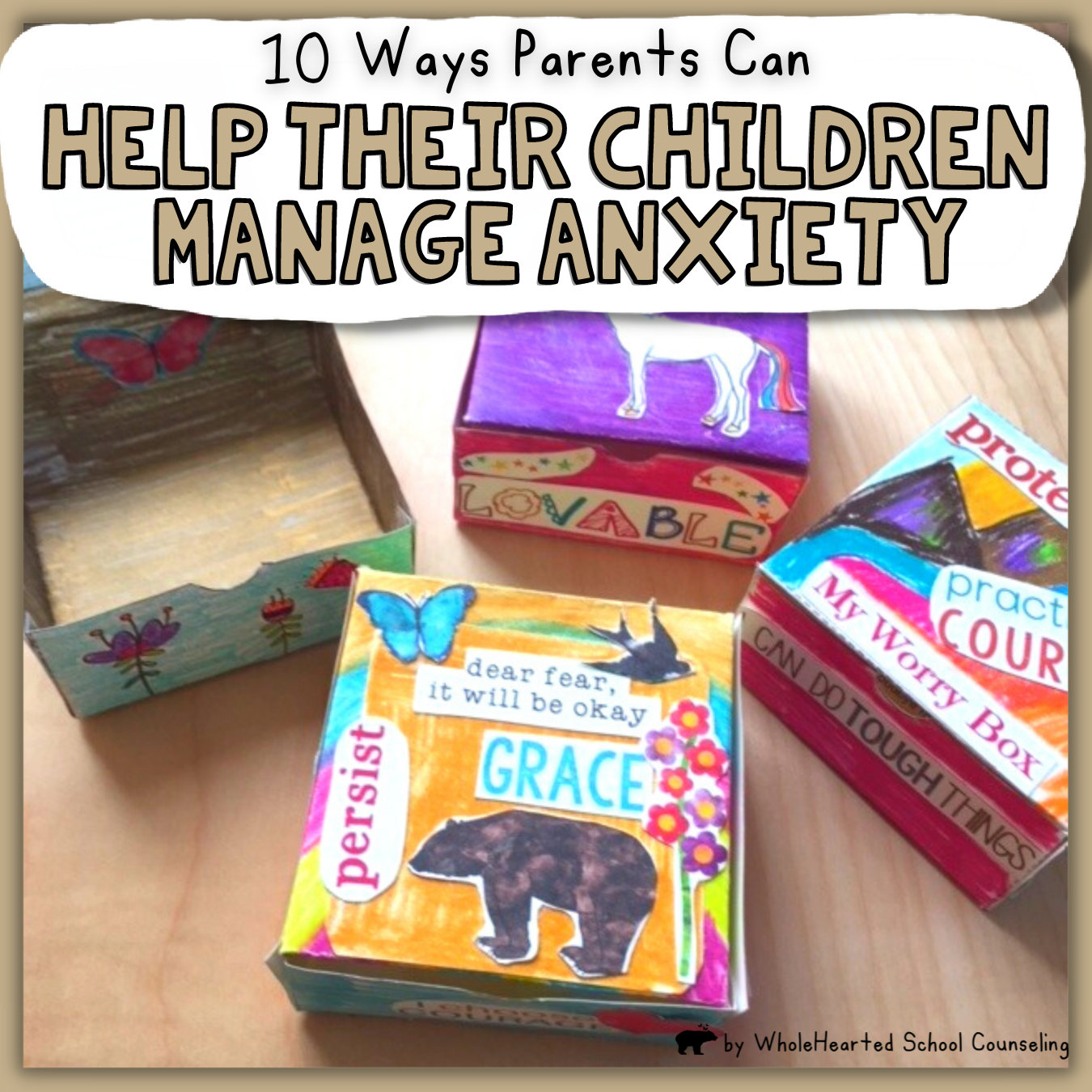
Parenting a Child with Anxiety
I know what it’s like to have a child struggle with anxiety. It’s so hard to witness your child suffer from all the discomfort and what-ifs that come from feeling anxious. In fact, it’s what inspired me to focus so much of my work on coping tools, in effort to help children manage anxiety.
If I had a penny for all the times I wished I could take away my child’s fears and replace them with feelings of safety and security, I’d have a million plus more dollars.
And of course, having my own relationship with anxiety myself (surprise, surprise), when my child experienced anxiety, it shot mine up a hundredfold.
Since one of the superpowers of children who tend to feel anxiety is being amazingly sensitive and empathetic to the people and the environment around them, my son would invariably pick up on my own discomfort. Even if I tried my very best to hide it.
Which would only feed my child’s anxiety even more.
And the cycle continued.
The World Wide Worry Warrior to the Rescue
Around the time my son was 7 or 8 years old, the World Wide Worry Worrier story came to the rescue. (Or at a minimum, changed the way both my child and I related to anxiety.)
I heard a podcast by parenting author Susan Stiffelman. She described anxiety as coming from the part of our brain which is designed to keep us safe, called the amygdala. But to make it more understandable to kids, she suggested thinking about the amygdala as being like this little magical being that was always there to protect us. (I remember picturing a cartoon illustration of a magical angel-like-warrior in my mind, that was there sitting on your shoulder….)
The thing about some people’s magical angel-like-warrior is that some of them take their job a little too seriously. And when they do, it sends all these chemicals in the body that can feel like anxiety. So when you notice your body feeling the sensations of anxiety, it’s your job to tell your magical angel-like-warrior to relax.
That you can handle what’s going in.
When I shared this story with my kiddo, I remember the relief on his face. There was something about this story or metaphor that resonated with him.
At the time, he was getting into watching the WWE (professional entertainment wrestlers). So he aptly named his protective “being” his WWWW, or World Wide Worry Warrior.
That’s not to say that my child’s proclivity towards anxiety went away. But having that reference helped him move through anxiety faster. He felt more in charge of those uncomfortable sensations. It became easier for him to stop all the worried “what if’s” from popping up.
Rather than anxiety being something that was against him, which made his defenses even more strong, anxiety became something that was more like friend that needed reminders to chill out sometimes.
The Protective Porcupine
Years later, after seeing how effective that anxiety management strategy was, and after learning lots more about the different functions of the brain, I wrote the kind of story I wish I would have had to read to my kiddo when he was younger. Titled it: “Your Brave, Hardworking Brain: A Story about the Stress Response.” Although rather than having the WWWW represent the amygdala, I represented that part of the brain as a character called the Protective Porcupine.
In the story, it describes signs that someone’s Protective Porcupine might be working hard. Including:
- Tense muscles, rapid heart beat and fast breathing.
- Racing thoughts, hard to think clearly.
- Feeling big emotions like fear, anger, or helplessness.
- Difficulty learning, focusing or problem solving.
- Doing things without thinking first.
- Having a tough time getting along with others.
- Dealing with a stressful situation that feels overwhelming.
The story goes on to talk about how for some people, their Protective Porcupine works overtime, taking their job a little too seriously. And these are the times that using different coping tools, such as mindful breathing and exercise, can help the Protective Porcupine to feel calmer. There’s lot’s more to the story, too. If you’d like to check it out, click here.
On top of giving our children unconditional love, staying in connection with them, and talking with them about reasons why anxiety (WWWW or the Protective Porcupine) sometimes visits us, here’s a list at some other tips and tricks that can help children manage anxiety.
10 Ways Parents Can Help Kids Deal With Anxious Feelings
1. Normalize All Emotions, Including Anxiety
As parents, it is important to normalize all feelings with our children, including anxiety. By doing so, we are creating a safe and non-judgmental space for our children to express themselves and share their emotions with us. When we normalize feelings, we are also acknowledging that all emotions are valid and a normal part of the human experience, which can help our children feel less alone and more understood.
Normalizing anxiety in particular is helpful because anxiety is a common emotion that many people experience, and it can be especially prevalent in children. By normalizing anxiety, we are teaching our children that it is okay to feel anxious and that it is not something to be ashamed of. This can help reduce feelings of shame or guilt that our children may experience when they feel anxious, and can also help them develop coping strategies to manage their anxiety in a healthy way.
2. Avoid Dismissive Phrases
It’s important to remember that comments like “It’s all in your head” or “You’re making a big deal out of nothing” can be harmful and dismissive. Instead, we want to validate our child’s feelings and show empathy.
Try saying things like, “I understand that you’re feeling anxious right now, and that’s okay. It’s normal to feel anxious or worried at times.” This type of validation lets your child know that their feelings are valid and that you accept and understand them.
3. Experiment with Different Self-Regulation Tools
Trying out different self-regulation tools with your child can be a great way to find what works best for them. You can keep track of which tools seem to be the most helpful and stick with those. If you’re not sure where to start, check out my free list of 101 Coping Tool Ideas for kids. You could also create a visual reference by hanging a poster with strong visual supports of healthy coping tools on your fridge or in your child’s bedroom.
It can also be valuable to talk with your child about your own experiences with coping skills. Share what worked for you when you were young. What didn’t work. And what you like to use now. This can help your child feel more comfortable and willing to try new things. And don’t forget to find a few tools that you can do together to build connection and make it a fun activity!
4. Spend Quality Time with Your Child On a Daily Basis
Let’s talk about the power of spending quality time with your child as a coping tool. It’s truly priceless, and often overlooked. This time together can offer a sense of connection, safety, and support that may be hard to find elsewhere. Positive memories and experiences created during this time can be a source of comfort for your child during tough times when anxiety strikes.
The best part? Quality time together can take many different forms. It’s important to find activities that you and your child both enjoy and can regularly do together. Maybe it’s cooking a meal, taking a stroll, playing UNO, or even belting out karaoke tunes in the living room. Whatever it is, make it a routine. Let your child know they can count on this special time together.
Not only does quality time provide comfort and support, but it also helps build resilience and coping skills. Engaging in fun activities together builds a sense of connection, which is especially helpful for children who may be struggling with anxiety.
5. Create a Portable Calm Corner Lap Book for Younger Kids
Going out with young kids can be an adventure in itself! But sometimes anxiety can hit unexpectedly and cause stress for the whole family. That’s where a Portable Calm Corner Lap Book can come in handy!
It’s like having a portable tool kit for managing anxiety that you can take with you wherever you go. Just pack it in your bag along with some snacks and favorite fidgets, and you’re ready for anything.
The Lapbook includes all sorts of helpful tools, like feeling cards to help your child express their emotions, coping tool cards to guide them through challenging moments, positive self-talk reminders to boost their confidence, and breathing exercises to calm their body and mind.
And the best part? You can use it at home too! It’s a great way to help your child build resilience and coping skills in a fun and interactive way.
6. Create Worry Boxes Together
Bedtime can be tough for kids with anxiety. They can feel scared and worried when they’re alone in the dark. These same feelings might come up before big events like games or performances.
Worry boxes are a helpful tool to help kids deal with their fears. Your child can write down what they’re afraid of on a piece of paper. Then they can put the paper in a safe place like a worry box. They can always come back to it if they need to.
This activity can help your child move past their anxious thoughts and sleep better at night. It can also help them feel more in charge of their feelings.
quick instructions on how to make a worry box:
Materials You’ll Need:
- A small box or container (such as a shoebox or a small cardboard box)
- Decorative materials (such as stickers, markers, paint, or colored paper)
- Scissors
- Glue or tape
- Index cards or small pieces of paper
- Writing materials (such as markers, pens, or colored pencils)
Grab small box or container to use as your worry box. Think shoebox, tissue paper box, or a small cardboard box.
Have your child decorate the box using stickers, markers, paint, or colored paper. Encourage her to be creative and make the box her own.
Then encourage your child write down her worries on slips of paper, and then put those worries away inside the box. Remind her that if she needs to return to that worry, she knows where she can find it.
Since it might take some time to gather all of the resources, and I am all about convenience, I created a DIY Worry Box Kit, that includes templates for origami paper boxes, customized worry slips, words and images cut-outs, and even a worry box poem insert, too.
7. Teach Your Child How to Breathe
If your child feels anxious often, teach him or her how to breathe. I know. It sounds so basic. But sometimes the most basic is the most effective.
The latest research confirms that anxiety really doesn’t respond quite well to pep talks or cognitive restructuring. Rather, anxiety is a physical sensations that needs to be “talked with” in a physical way.
Mindful breathing is a “language” that anxiety understands.
Have them put their hand over the part of their body where they feel the anxiety. Then, they should breathe slowly and deliberately, focusing on the spot where the anxiety is. If they get distracted by their thoughts, remind them to focus on their breath instead.
Something you could say to your child is:
When we feel anxious, we often start worrying and imagining worst-case scenarios. These thoughts can make the anxiety even stronger. That’s why it’s important to focus on your breath instead. It helps your body feel safe and calm.
A great breathing exercise to try is Hand Over Heart.
8. Create a Routine and Stick to It
Knowing what to expect and when can provide a sense of predictability and stability that can be very calming for children. When a child’s daily routine is consistent, it can also help reduce feelings of overwhelm and uncertainty that may trigger anxiety. Routines can include regular meal times, bedtimes, and specific blocks of time for homework or play. Even small rituals like reading a story before bed or taking a walk after dinner can provide a sense of structure that can help your child feel more in control and less anxious.
9. Encourage Physical Activity and Exercise
When we exercise, our brains release endorphins that can improve our mood and reduce feelings of stress and anxiety. Plus, physical activity can be a healthy outlet for your child’s energy and emotions. You could try going for a family bike ride or hike, playing catch in the backyard, or signing your child up for a sports team. Not only will exercise benefit your child’s mental health, but it can also improve their physical health, which can lead to a greater sense of overall wellbeing.
10. Manage Your Own Anxiety
Managing your own anxiety is tough. I get it. It’s something that I have to work on each and every day.
However, it’s an essential step in helping your child to not feel so anxious or stressed out.
One reason for this is the concept of mirror neurons. At the most basic level, mirror neurons means that your child’s brain is wired to pick up on your emotions and mimic them, even if they don’t fully understand why you’re feeling that way. So, if you’re feeling anxious and stressed, your child is likely to feel the same way, even if they don’t know why.
To reduce the spillover effect of your anxiety onto your child, it’s important to check in with yourself and be aware of your own feelings.
Take some time to do something kind and compassionate for yourself. Take a bath, Read a book. Call a friend. Unplug and go outside.
This will not only help you cope with your own anxiety, but also model healthy ways of coping for your child. Remember, you’re not alone in this, and it’s okay to ask for help when you need it.
By taking care of yourself, and your own Protective Porcupine, World Wide Worry Warrior, or whatever you call it, you’re also taking care of your child.





